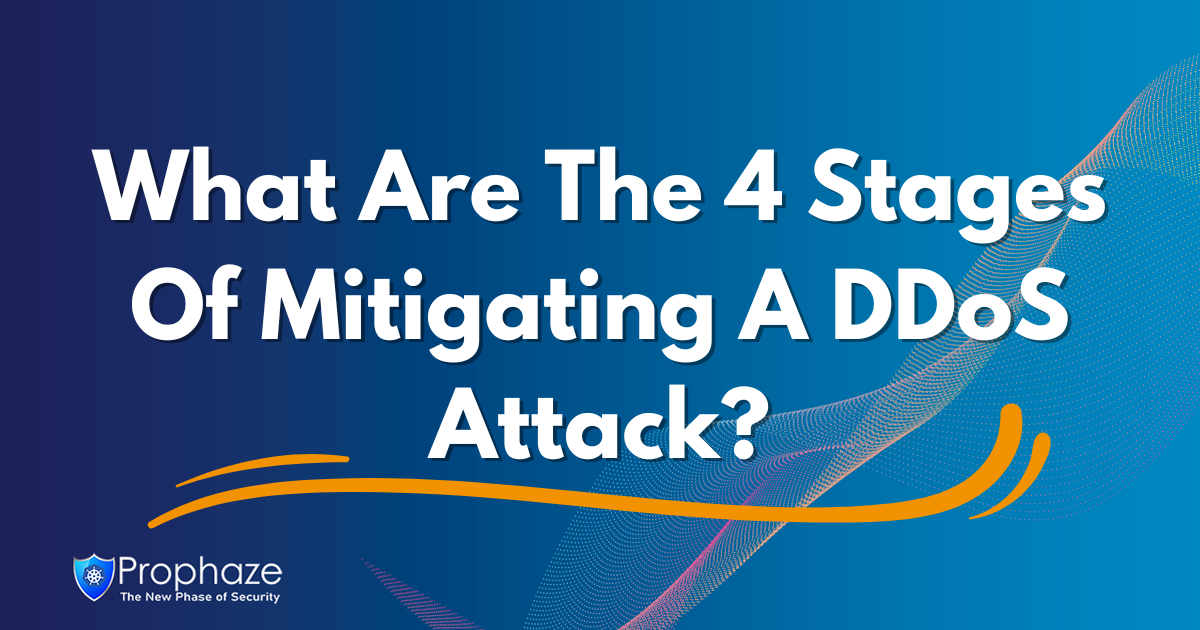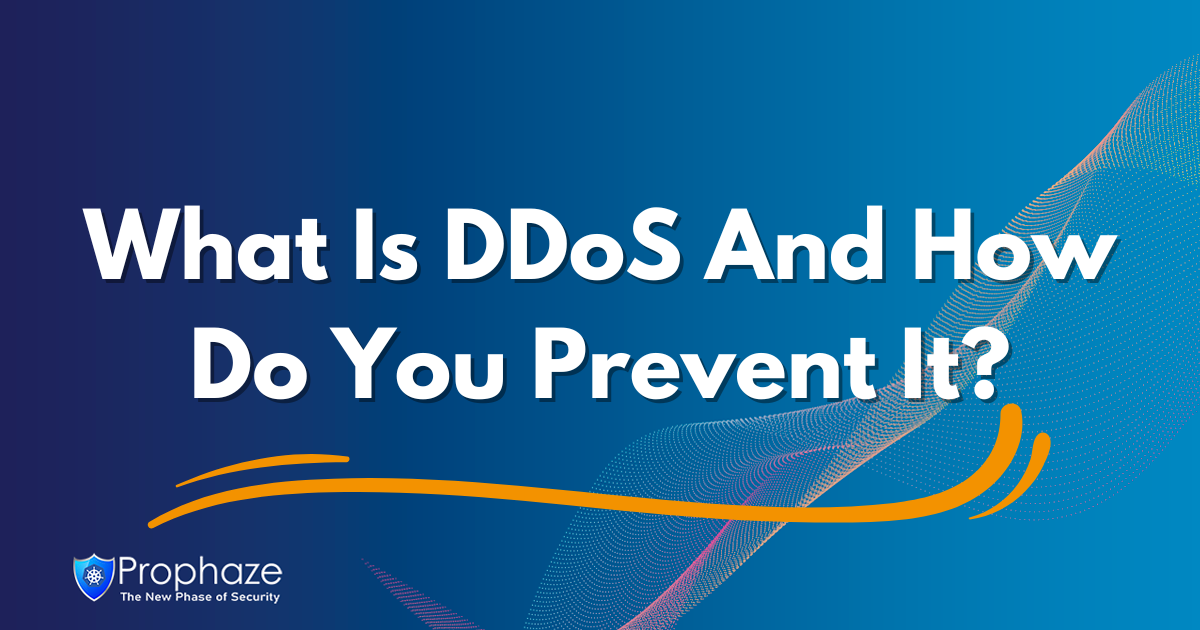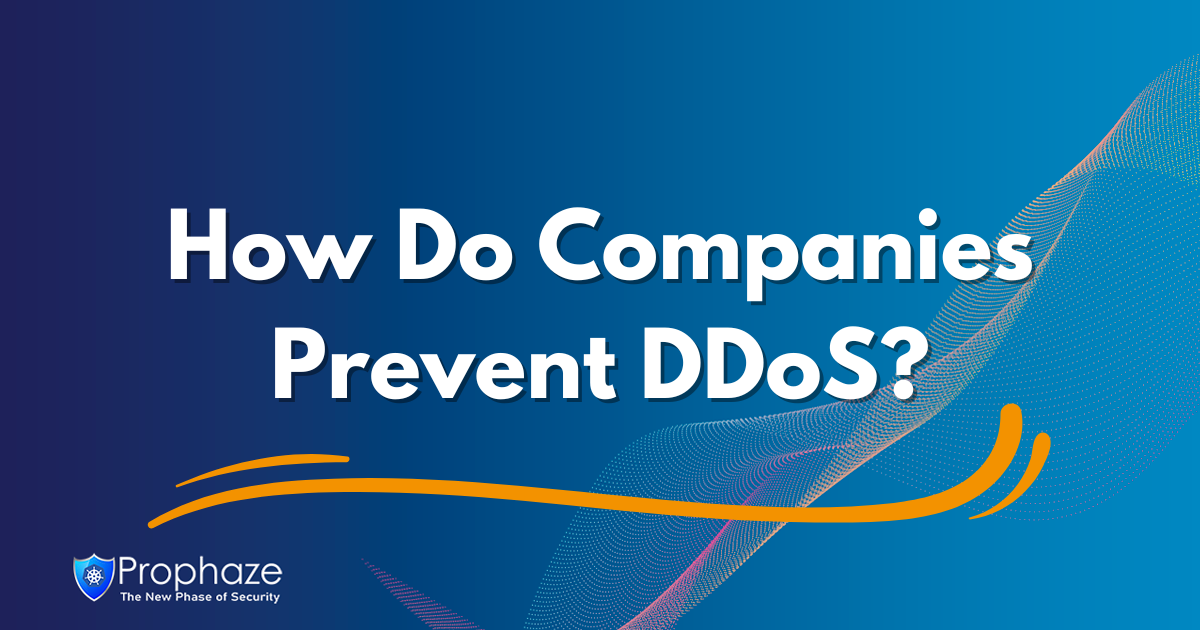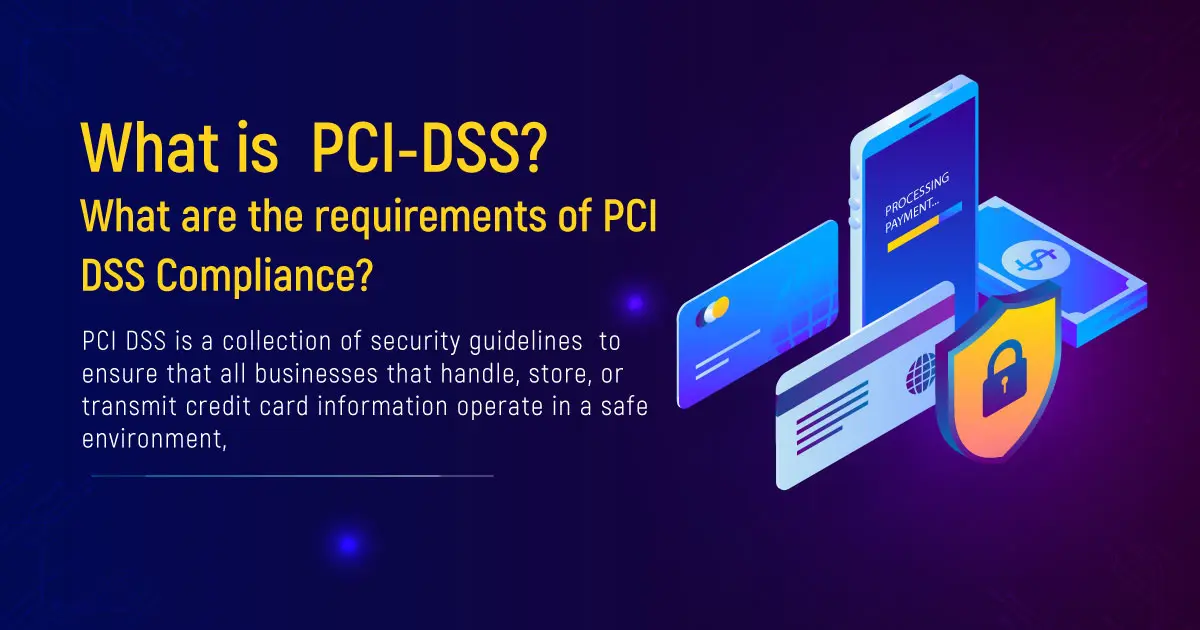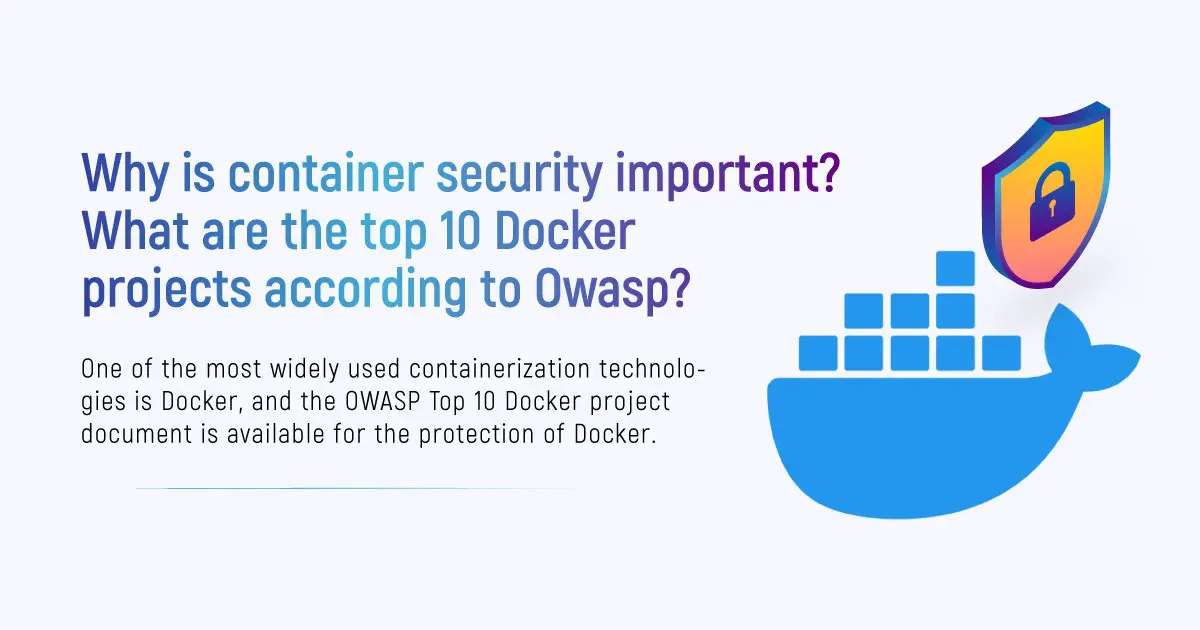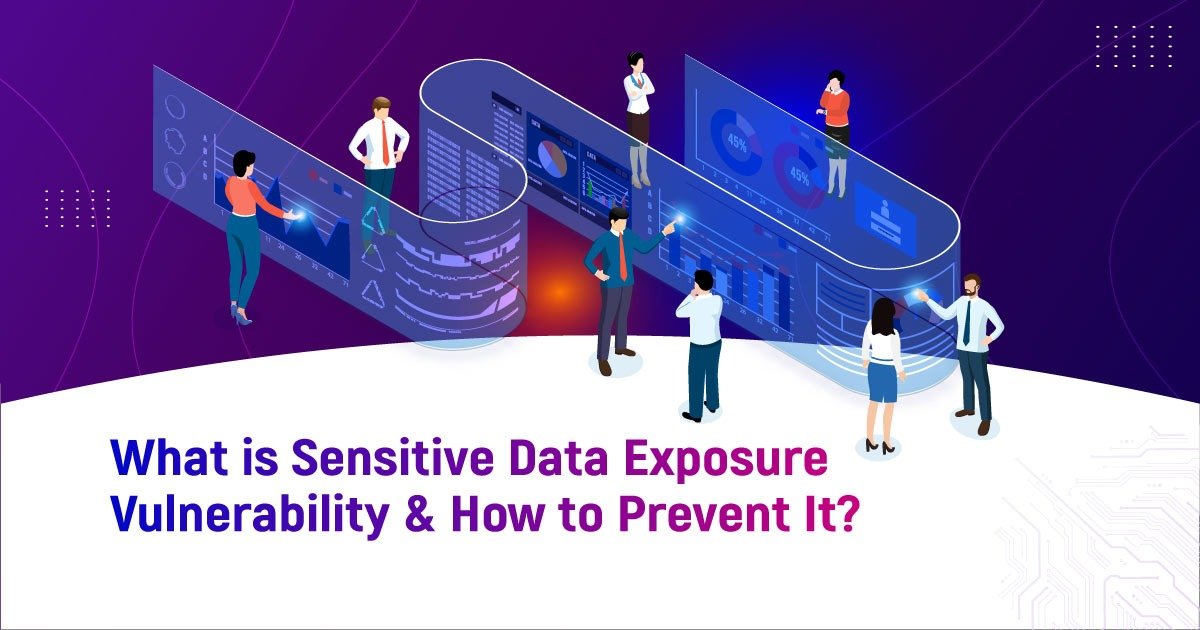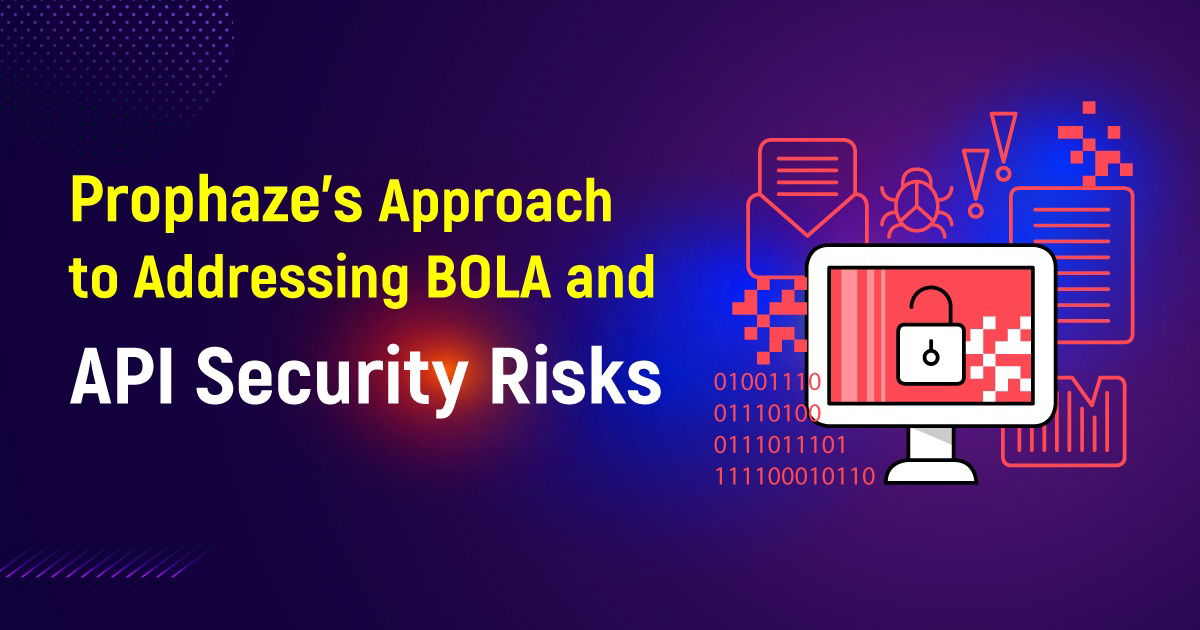What Are The 3 Types Of DDoS Attacks?
Learn about the three primary types of DDoS attacks: volumetric attacks, TCP/IP protocol attacks, and application layer attacks. Discover how these attacks overwhelm networks, exploit vulnerabilities, and disrupt online services. Implement effective defense strategies to safeguard your digital assets from DDoS threats.
Understanding the Three Types of DDoS Attacks by Safeguarding Your Online Presence
In the current digital landscape, DDoS attacks pose a substantial risk to businesses and individuals. DDoS attacks aim to overwhelm a target’s network or system resources to disrupt services, cause downtime, and impede legitimate user access. This blog post aims to explore the three primary types of DDoS attacks. We will uncover their distinct characteristics and offer insights into successful defense strategies.
Volumetric Attacks
To completely consume the system or network bandwidth of the target, volumetric attacks focus on flooding it with a massive volume of malicious traffic. The attacks usually use botnets, which are networks of compromised devices, to simultaneously send an enormous number of data packets to the target. The aim is to utilize all the network resources that are accessible, making it so legitimate users cannot access the target.
TCP/IP Protocol Attacks
TCP/IP protocol attacks disrupt the target’s ability to establish and maintain connections by exploiting network protocols and service vulnerabilities. Some examples of attacks include SYN flood attacks. The attacker inundates the target with numerous TCP connection requests, depleting its resources and hindering the establishment of legitimate connections.
Application Layer Attacks
Layer 7 attacks, more commonly known as application layer attacks, are specifically aimed at exploiting vulnerabilities in the highest level of the network stack—the application layer. These attacks have become more advanced and intricate, targeting specific applications or web servers by exploiting vulnerabilities. Attackers try to exhaust server resources or manipulate the application’s functionality by targeting the application layer, causing disruption or denial of service.
Conclusion
It’s important to remember that these types of distributed denial of service (DDoS) attacks can be combined or altered to generate further elaborate and sophisticated attack vectors. Implementing appropriate defense mechanisms helps organizations mitigate the impact of DDoS attacks, which requires understanding the different types.

